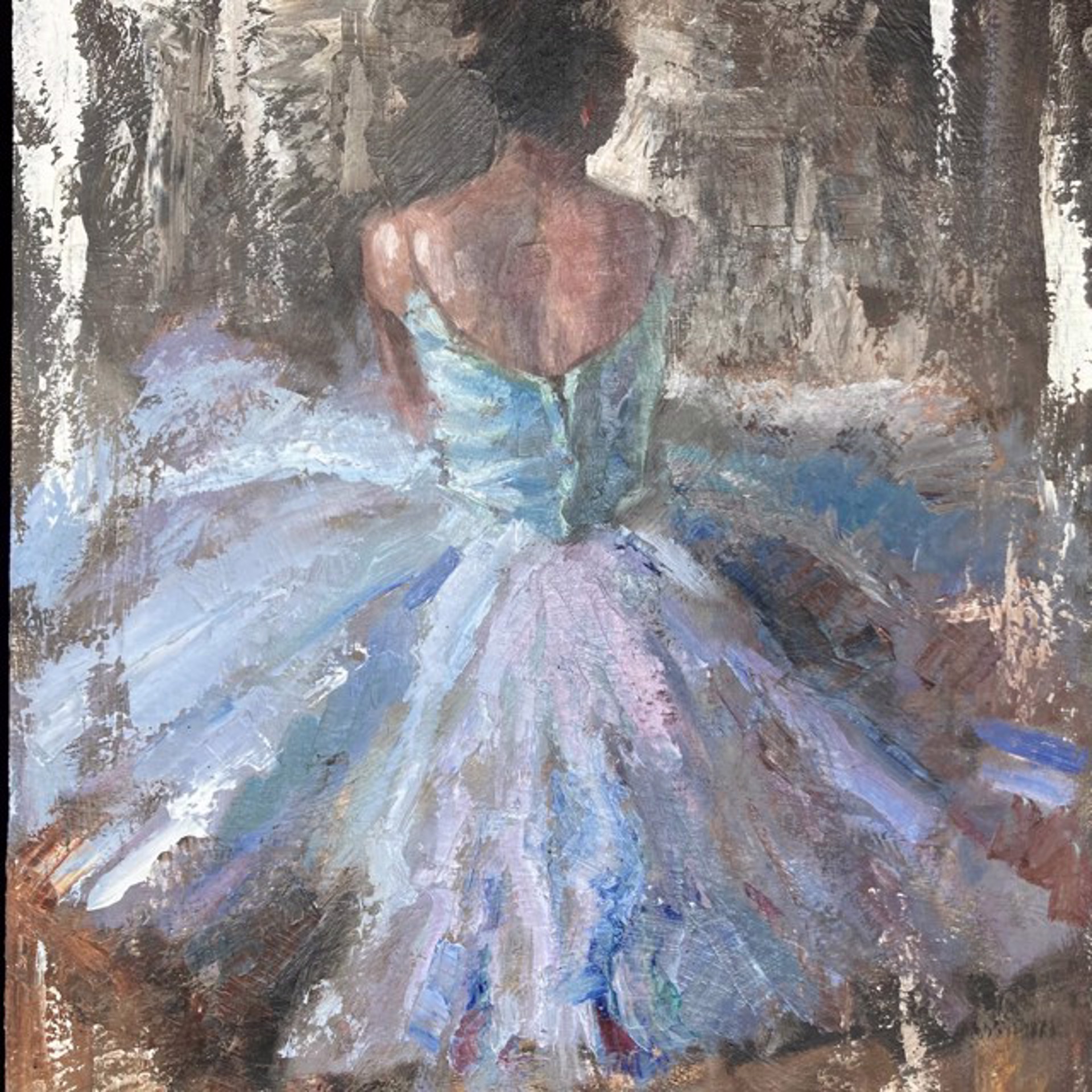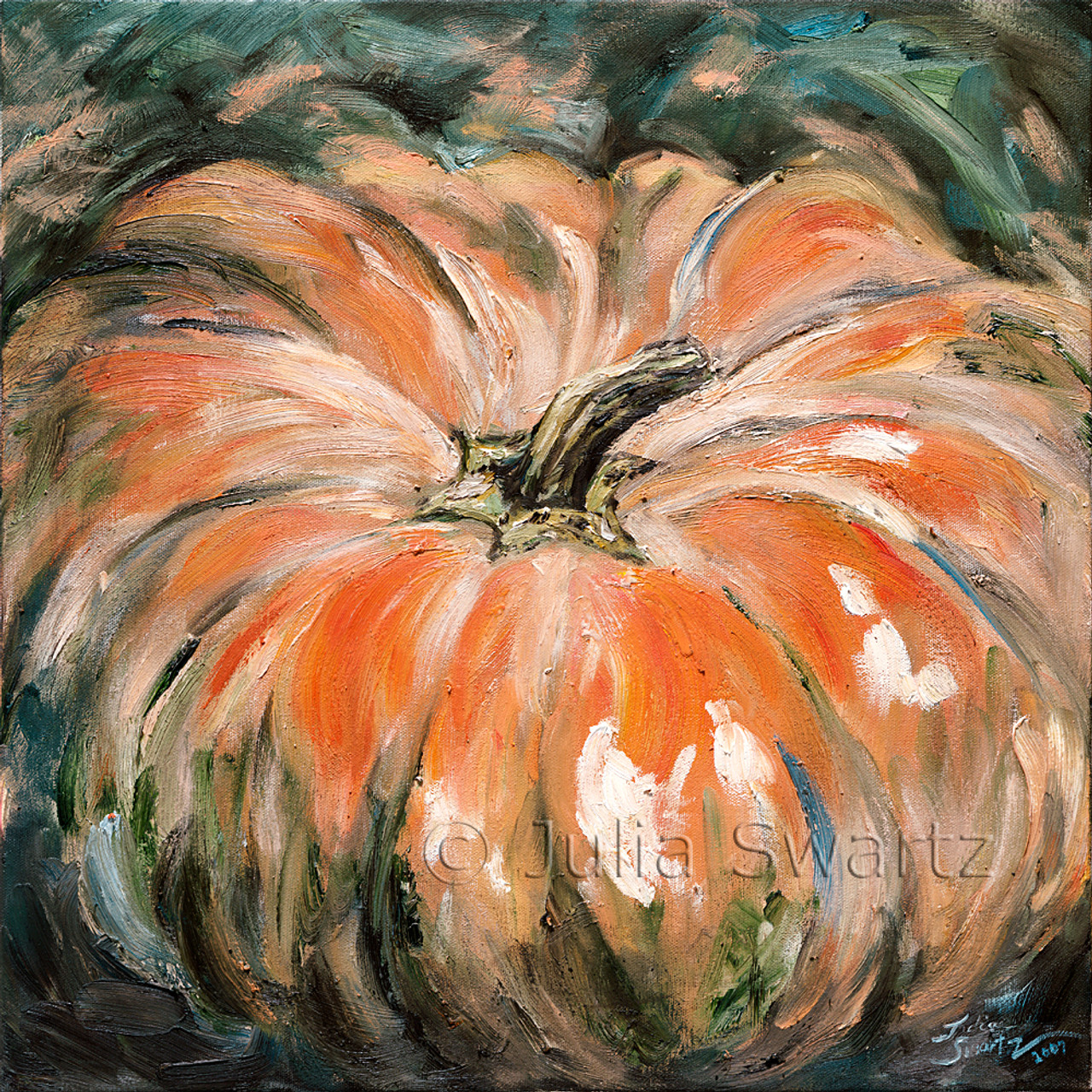Unique Decor Ideas: Oil Paintings for Sale
Wiki Article
Discovering Everything About Oil Paintings: A Guide to Understanding Their Appeal and Value
Oil paintings have mesmerized target markets for centuries, offering a peek into the creative mastery of various ages. Their abundant background is linked with cutting-edge methods and extensive psychological expression. Recognizing the products and methods behind these artworks can improve appreciation. In addition, the market for oil paintings offers opportunities for enthusiasts and capitalists alike. As one discovers this interesting world, the concern occurs: what makes an oil painting really important?The Background of Oil Paint: A Journey Via Time
Oil painting has roots that date back to old times, it genuinely flourished throughout the Renaissance, when musicians uncovered its versatility and abundant color possibility. Early instances can be traced to the 7th century, with methods progressing especially throughout societies. The tool became famous in Northern Europe in the 15th century, particularly via the works of musicians like Jan van Eyck, who pioneered its usage for thorough realism and vivid colors. This duration noted a separation from tempera paints, permitting greater deepness and texture. As oil painting spread, it affected numerous artists, causing work of arts by renowned numbers such as Leonardo da Vinci and Rembrandt. The medium's heritage proceeds, shaping the art globe well right into contemporary times.Understanding Oil Paints: Materials and Techniques
As musicians explore the globe of oil paints, they run into a diverse array of materials and strategies that define this tool. The key parts of oil paint consist of pigments, which offer shade, and drying out oils, such as linseed, that bind the pigments and assist in application. Different additives can change the paint's structure and drying time, boosting versatility. Techniques like glazing, where clear layers are developed up, and impasto, which entails using thick paint, enable different visual effects. Furthermore, making use of brushes, combination knives, and even fingers can produce unique textures and coatings. Comprehending these methods and materials makes it possible for musicians to fully share their creative thinking and accomplish the desired effect in their art work.The Function of Color in Oil Paintings
Shade plays a pivotal function in oil paints, affecting both aesthetic appeal and psychological resonance. Comprehending shade concept fundamentals, including the relationships in between colors, can improve an artist's ability to communicate mood and atmosphere. Additionally, mastering color blending techniques permits greater deepness and splendor in a paint's palette.

Shade Theory Basics
Comprehending shade concept is necessary for artists functioning with oil paints, as it forms the structure for producing visually engaging and unified make-ups. Color concept includes the research study of just how colors engage, the color wheel, and the connections between key, additional, and tertiary colors. Artists make use of corresponding colors to improve contrasts and create focal factors, while analogous shades promote unity and cohesiveness within an item. Furthermore, the ideas of cool and cozy colors influence the understanding of deepness and room in a painting. Realizing these principles enables artists to manipulate color efficiently, directing the audience's eye and communicating their desired message. Proficiency of shade concept ultimately improves an artist's capacity to share feelings and concepts via their work.
Psychological Effect of Shade
The psychological effect of shade in oil paints plays an important duty in exactly how viewers connect and regard with art work. Colors stimulate particular feelings and moods, affecting the customer's psychological state. For circumstances, cozy tones like oranges and reds can produce a sense of heat and energy, while awesome tones such as blues and environment-friendlies frequently evoke peace or self-contemplation. Artists purposefully select shade palettes to enhance narrative elements, directing the target market's emotional trip. The saturation and contrast of colors better amplify these results, attracting focus and producing emphasis. Inevitably, the interplay of shades in oil paints not only improves their aesthetic appeal yet also serves as an effective tool for emotional expression, improving the audience's experience and analysis.Color Mixing Techniques
While lots of aspects of oil painting add to the general structure, understanding color mixing strategies is vital for achieving preferred results and depth. Color mixing can be come close to through different methods, including the additive and subtractive processes. Additive blending includes combining colors of light, while subtractive mixing relies on pigments, where shades blend to create new shades. Artists frequently use a restricted palette to develop harmonious jobs, comprehending the relationships in between primary, second, and tertiary shades. Strategies such as glazing and scumbling even more boost deepness and luminance. By skillfully mixing colors, a musician can evoke emotions, produce focal factors, and achieve a sense of realism, eventually boosting the paint's emotional and aesthetic impact.Famous Oil Painters and Their Iconic Functions

Famed for their mastery of shade and strategy, oil painters have created a few of one of the most well known art work in history. Prominent musicians like Vincent van Gogh mesmerized target markets with his stirring brushwork in "Starry Night," while Claude Monet's "Impression, Sunup" prepared for Impressionism. Leonardo da Vinci's "Mona Lisa" stays an enduring sign of artistic wizard, showcasing his skill in catching human expression. Rembrandt's "The Evening Watch" shows his ingenious use of light and darkness. Various other significant figures include Pablo Picasso, that revolutionized contemporary art with his bold experimentation in works like "Les Demoiselles d'Avignon," and Georgia O'Keeffe, whose lively representations of blossoms and landscapes helped define American modernism. Each artist's one-of-a-kind design added considerably to the oil paint landscape.
How to Evaluate the Top Quality of an Oil Painting
Assessing the quality of an oil paint includes a careful analysis of workmanship strategies, as well as an analysis of shade and composition. Observing brushwork, layering, and the application of paint can reveal the artist's ability degree. In addition, the interaction of shades and the total setup of aspects add significantly to the paint's aesthetic value.Evaluating Workmanship Techniques
A meticulous analysis of craftsmanship methods is vital for identifying the top quality of an oil painting. Evaluators should first check out the application of paint; thick, textured brushstrokes might recommend a skilled hand, while extremely uniform applications could indicate a lack of depth. oil paintings for sale. The layering method is additionally essential; the existence of glazes and differed thickness can enhance luminance and complexity. Furthermore, the high quality of the products utilized, such as the canvas and pigments, plays a significant duty in longevity and overall aesthetic. Focus to detail in elements like edges and changes between colors shows the musician's dedication to their craft. Inevitably, these strategies add more info to the painting's psychological influence and market price, functioning as signs of the artist's skill and intentExamining Shade and Structure
While reviewing the quality of an oil painting, one must concentrate on the interaction of shade and structure, as these aspects are basic to the artwork's overall influence. Color selections can stimulate feelings and develop state of mind; consequently, the artist's scheme should be examined for consistency and comparison. A well-balanced composition guides the customer's eye and creates a feeling of unity. Musicians commonly employ strategies like the rule of thirds or leading lines to improve aesthetic interest. Furthermore, making use of light and shadow can add depth, enhancing the three-dimensionality of the paint. Inevitably, a successful oil paint weds color and composition, engaging the viewer and welcoming a much deeper gratitude of the artist's vision and method.Taking care of and Preserving Oil Paintings
Proper care and preservation of oil paints is important for preserving their stability and long life. To protect these artworks, it is important to display them away from straight sunlight, which can cause fading and staining. Preserving a steady environment with regulated temperature level and humidity further help in preventing damage. Cleaning up should be done delicately using a soft, dry towel, avoiding any harsh chemicals that might damage the paint or varnish. Normal evaluations for signs of wear and tear, such as flaking or splitting, are recommended. When saving or transferring oil paints, correct extra padding and framework are necessary to prevent physical damage. Inevitably, diligent treatment adds to the aesthetic allure and worth of oil paintings over time.The Marketplace for Oil Paintings: Gathering and Spending
Comprehending the market dynamics for oil paints is vital for financiers and collectors alike. The worth of these art work is affected by different elements, consisting of the artist's online reputation, historic significance, and existing patterns. Enthusiasts usually look for items that reverberate directly while taking into consideration possible gratitude in value. Galleries and public auctions work as key venues for acquiring and selling, with prices fluctuating based upon need and rarity. Purchasing oil paints calls for study right into the market, as well as an understanding of credibility and provenance. Furthermore, emerging artists might use chances for considerable returns, while developed names can command high prices. On the whole, a critical strategy to gathering can generate both aesthetic enjoyment and economic incentives.
Regularly Asked Questions
What Are the Environmental Influences of Oil Paint Materials?
The environmental influences of oil painting products include the launch of unstable organic compounds (VOCs), damaging waste generation, and source removal for pigments. These factors add to contamination and environmental deterioration, elevating problems amongst eco aware artists and customers.How Do Various Canvases Affect Oil Painting Results?
Various canvases influence oil paint results significantly. Appearance, absorbency, and surface area high quality can alter paint application, drying times, and color vibrancy. Musicians usually pick details canvases to accomplish desired effects and boost their creative expression.Can Oil Paintings Be Recovered if Harmed?
If harmed, Oil paints can undoubtedly be restored. Professional conservators make use of different methods to fix tears, clean surfaces, and address discoloration, making certain that the artwork preserves its initial appeal and value for future generations.What Are the Indications of an Initial Oil Paint?
The indications of an original oil paint include noticeable brush strokes, structure variants, and an unequal canvas weave (oil paintings for sale). Furthermore, authenticity may be validated via provenance, trademarks, and the visibility of a varnish layer one-of-a-kind to oil mediumsHow Has Technology Influenced Modern Oil Paint Techniques?
Technology has actually significantly affected contemporary oil painting techniques by introducing electronic devices for planning, enhanced materials for texture and long life, and on-line platforms for marketing and sharing art, therefore broadening musicians' imaginative opportunities and audience get to. Oil paint has roots that date back to old times, it truly prospered throughout the Renaissance, when artists found its versatility and rich shade potential. The psychological impact of color in oil paintings plays an essential duty in exactly how viewers perceive and attach with artwork. While lots of elements of oil paint contribute to the overall make-up, grasping shade blending strategies is important for attaining desired results and depth. Evaluating the quality of an oil paint involves a mindful assessment of craftsmanship techniques, as well as an analysis of color and make-up. While evaluating the high quality of an oil paint, one have to focus on the interplay of color and composition, as these elements are basic to the art work's total influence.Report this wiki page